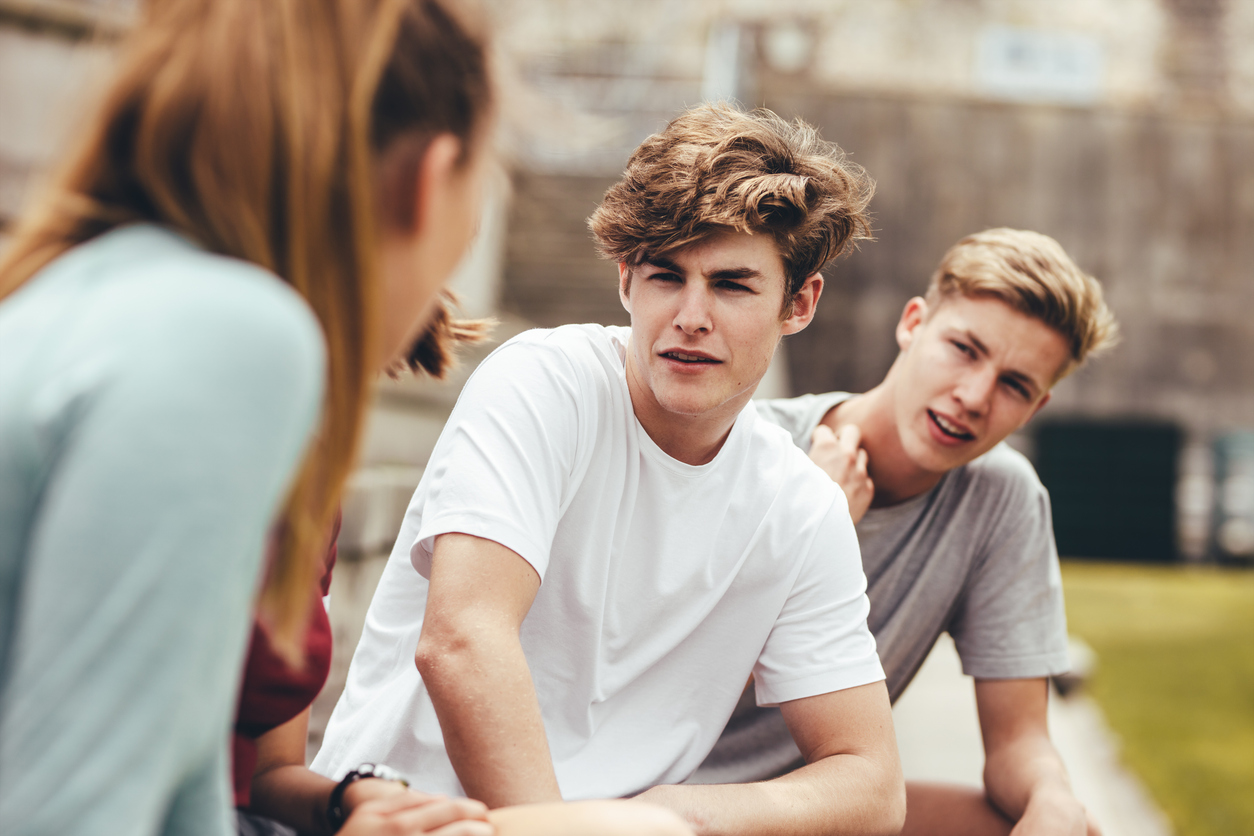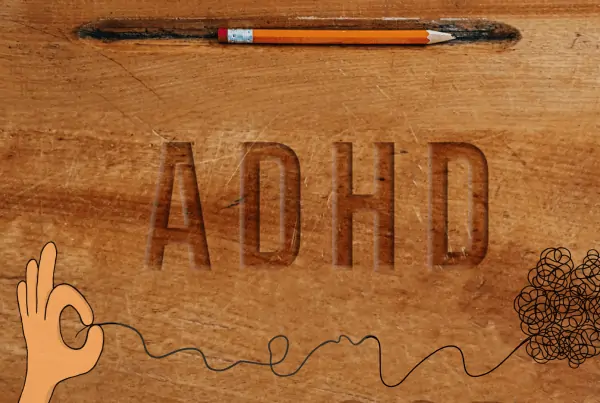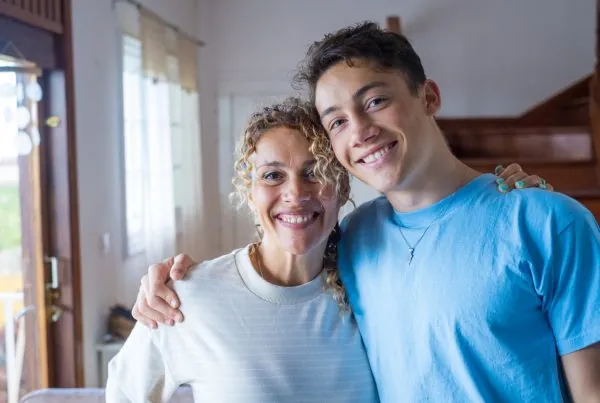Handling peer pressure to use drugs involves developing assertiveness and confidence. Learn to say “no” firmly but respectfully. Understand that it’s okay to reject something that jeopardizes your health or values. Surround yourself with positive influences, and seek support from trusted adults or counselors when faced with difficult situations. Remember, real friends will respect your decisions.
The peer pressure to start using drugs, or to use them again, has been cited as one of the biggest contributing causes to both starting drug addiction and relapsing into it.
However, handling the peer pressure to use drugs isn’t as easy as just saying no. There are mental, social, and even physical reasons that peer pressure can be difficult to resist. A strong commitment towards sobriety and recovery matters, but peer pressure is as much about yourself as it is about the people who surround you.
What is Peer Pressure?
Peer pressure refers to the influence that other people in your social group might have on you, and your choices. Peer pressure may play a role in the kind of things you like, the things you do, even the personal convictions you have. The people we hang out with actively play a role in shaping us, down to the language we use and the habits we develop. Some people are more prone to peer pressure, while others feel personally inclined to go against the grain at times. Others yet play a role in deciding how members of a group act and think.
Peer pressure has its upsides and downsides. Evolutionary psychology might find that, as a social animal, humans naturally defer to certain forms of peer pressure to act as one unit in nature and survive the hardships of a hostile environment.
For teens, peer pressure is especially notable because teenagers can be equal parts more suggestible and more social than their older counterparts.
But peer pressure is just as present in the office as in the classroom – people form groups and subgroups, these groups develop their own conscious etiquette, and hierarchies form.
Just as peer pressure can make people do bad things, it can also motivate people to do good things. This is the function of a role model – to influence others, particularly children or subordinates, to do the right thing, or to do things right, in whatever capacity those two things might be defined.
That could mean quitting drinking, so your child doesn’t grow up with a normalized attitude towards long-term alcohol use, or becoming more diligent in your schoolwork because you joined a study group.
While peer influence can shape us, it’s also important to take into account how we choose which groups to fit into. Many people overestimate the role that peers play as a risk factor towards addiction, without examining the patterns that lead towards our peer choices. Teens surround themselves with people they want to hang out with, and many other factors – including parental influence – play an important role in who we choose to spend time with.
Building Resilience
Peer pressure is a powerful risk factor. To help teens build resilience against it, it must be met with equally powerful protective factors.
Risk factors are circumstances that are linked to a higher likelihood of drug use, such as a traumatic childhood, unstable home environment, and easy accessibility to drugs.
Protective factors are often the opposite – a healthier home environment, strong and positive familial ties, a good parent-child relationship, and ties to the community through local clubs and groups, such as the volunteer fire department or an athlete’s club.
Individual protective factors are also important. A healthy self-esteem can start teens off on the right foot – but building it takes time. Encourage your teen to pick up new hobbies or continue to work on their existing skills and interests. No matter what their interests are, encourage them to pursue them, and hone their talents.
If you are worried about the kind of people your teen is hanging out with, spend time with them yourself. Figure out who your teen has become – and understand what it is they’re seeing in their friends. Find out if you’ve misjudged them, or if there really is something to worry about.
Talk to your teen, and to their friends. Lastly, if your teen is worried about peer pressure, make sure they understand that it’s okay to insist on a no. And it’s okay (imperative, even) to leave when things get uncomfortable.
The Bigger Picture
When discussing a single risk factor, it’s important never to lose the forest for the trees. Peer influence is real, but it is not a lone cause of drug addiction. In addition to peer influence, the decision to use or start using drugs – and the potential for addiction – may be affected by a genetic predisposition, uncontrollable environmental factors, the availability and local attitude towards drug use, and more.
Addressing the issue of peer pressure does not make someone immune from the difficulties of addiction, nor does it solve the problem of a relapse. However, peer pressure does bring to light one of the important vectors for addiction as an illness: the social vector.
If we help a person tackle their drug use in a holistic fashion, then it helps to have a framework to identify each contributing factor.
In pain management, for example, the biopsychosocial model is used to help understand that pain conditions are not just a purely physiological experience, but an all-encompassing problem, with various contributing factors. Within the biopsychosocial model, each factor can be split between the three groups, but certain factors are also shared across them. Picture a three-circle Venn diagram.
The same goes for addiction. Peer pressure is an example of a powerful social factor, interacting with an important psychological factor. Some teens, for example, feel a great need to fit in and often fear the consequences of becoming an outsider. If drug use becomes common in their group, some teenagers are more likely to start experimenting with drugs as well.
Rekindling old friendships after recovery becomes difficult. Sometimes, old relationships remind us of the things we used to do – including those we don’t want to do anymore. Part of the recovery process is learning to either overcome those cravings, or to make the decision to stay away from them, in the first place. An addiction can affect the brain, and the behaviors and emotions associated with addiction are hard to unlearn, even after treatment. Reminders, or triggers, can lead to relapse.
Sometimes, it’s better to avoid peer pressure than to try and confront it – especially in the early stages of recovery, or when a proper support network hasn’t been established yet.









